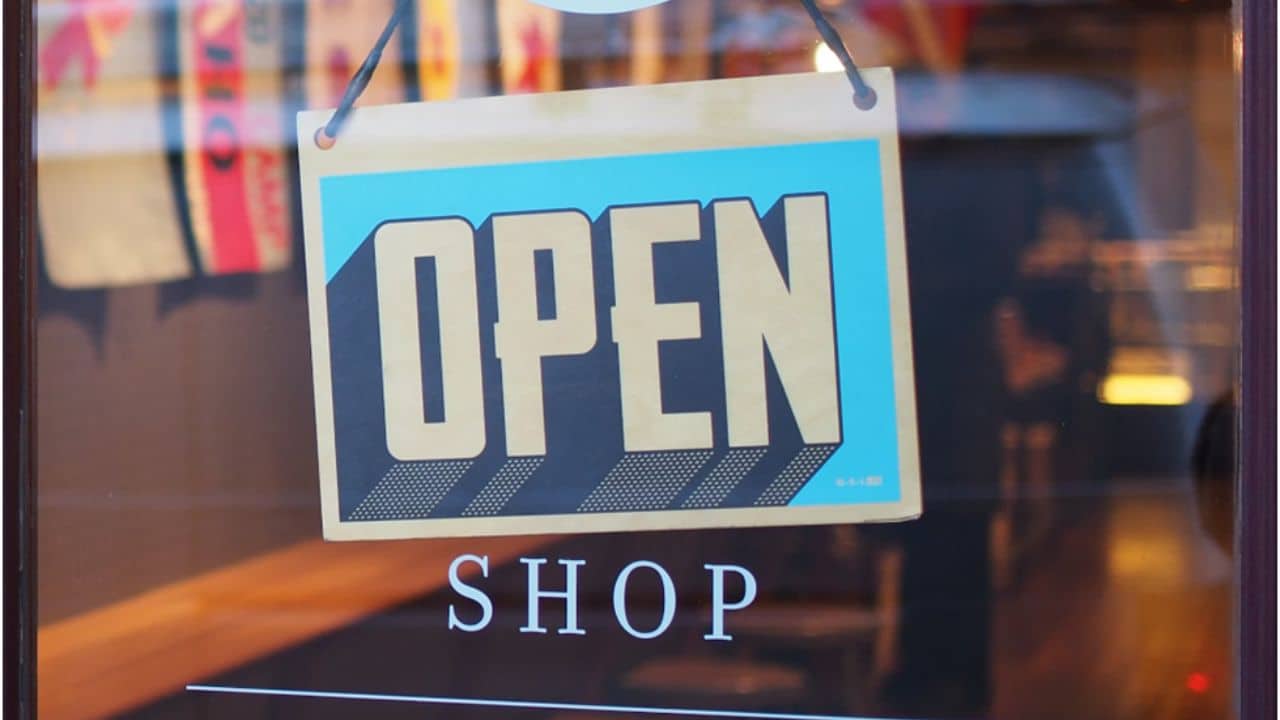Ensuring order fulfillment is an important aspect if you are looking forward to making your retail business successful. In today’s competitive market, customers expect their orders to be processed quickly, accurately, and efficiently.
Failure to meet these expectations can lead to dissatisfaction and lost business. To help you out, here are the top seven tips for retail owners to ensure seamless order fulfillment.
1. Implement an Efficient Inventory Management System
An efficient inventory management system is the backbone of effective order fulfillment. It helps you keep track of stock levels, manage reordering, and avoid stockouts or overstock situations.
Implementing fool-proof inventory management software can automate many of these processes, providing real-time updates on stock levels and alerting you when it’s time to reorder.
A good inventory management system should integrate with your point of sale (POS) system and online sales channels. This ensures that your inventory levels are updated automatically across all platforms, reducing the risk of errors.
2. Optimize Your Warehouse Layout and Processes
The layout and organization of your warehouse play a significant role in how quickly and accurately you can fulfill orders. A well-organized warehouse reduces the time it takes to pick, pack, and ship items. Consider implementing a warehouse management system (WMS) to streamline these processes.
Start by analyzing your current layout and identifying any bottlenecks or inefficiencies. Arrange your warehouse so that frequently picked items are easily accessible and close to packing stations. Use clearly labeled shelves and bins to make it easy for employees to find and retrieve items quickly.
3. Utilize Technology for Order Tracking
Keeping customers informed about the status of their orders is essential for maintaining trust and satisfaction. Leveraging technology to provide real-time order tracking and communication can enhance the customer experience and reduce the burden on your customer service team.
Integrate order tracking software with your e-commerce platform to provide customers with updates at every stage of the fulfillment process. Automated emails or SMS notifications can inform customers when their order is received, processed, shipped, and delivered. Providing customers with tracking numbers allows them to monitor their shipments and anticipate delivery times.
4. Adopt Contactless Parcel Delivery
The COVID-19 pandemic has accelerated the adoption of contactless delivery methods. Implementing contactless parcel delivery not only addresses health and safety concerns but also caters to customer preferences for convenient and secure delivery options.
Contactless delivery involves leaving packages at the customer’s doorstep or in smart lockers at a physical location. This parcel pickup option minimizes physical contact and ensures a safer delivery process. To adopt this method, clearly communicate your contactless delivery options during the checkout process and provide customers with the ability to specify their preferred delivery location.
5. Streamline the Returns Process
A streamlined returns process is an integral part of ensuring order fulfillment. A hassle-free returns experience can enhance customer satisfaction and encourage repeat business. Clearly communicate your returns policy on your website and provide easy-to-follow instructions for initiating a return.
Automating the returns process can save time and reduce errors. Consider using return merchandise authorization (RMA) systems that allow customers to generate return labels and track their returns online. Ensure your warehouse staff is trained to handle returns efficiently and accurately, inspecting returned items promptly and restocking or disposing of them as needed.
Offering options such as in-store returns or third-party drop-off locations can provide added convenience for customers. Regularly review your returns data to identify any recurring issues and make necessary adjustments to your products, packaging, or fulfillment processes.
6. Ensure Continuous Improvement
Creating a culture of continuous improvement within your organization is essential for maintaining high standards in order fulfillment. Encourage your team to regularly evaluate processes, identify inefficiencies, and suggest improvements. Establishing a feedback loop can help you stay responsive to changes in customer expectations and industry trends.
Conduct regular training sessions to keep your staff updated on best practices and new technologies. Recognize and reward employees who contribute to process improvements or go above and beyond in their roles. Implementing regular performance reviews and setting measurable goals can help motivate your team and ensure accountability.
7. Focus on Customer Feedback and Adaptation
Listening to your customers and adapting based on their feedback is crucial for maintaining high levels of satisfaction and improving your order fulfillment process. Encouraging customers to share their experiences and suggestions can provide valuable insights into areas that need improvement and aspects that are working well.
Utilize multiple channels to gather customer feedback, such as post-purchase surveys, reviews, and direct communication via email or social media. Analyze this feedback regularly to identify patterns and trends. Address any recurring issues promptly and transparently communicate any changes or improvements you make based on customer input.
By following these strategies, you will not only be able to improve your operational efficiency but also strengthen your brand reputation in the market.







































